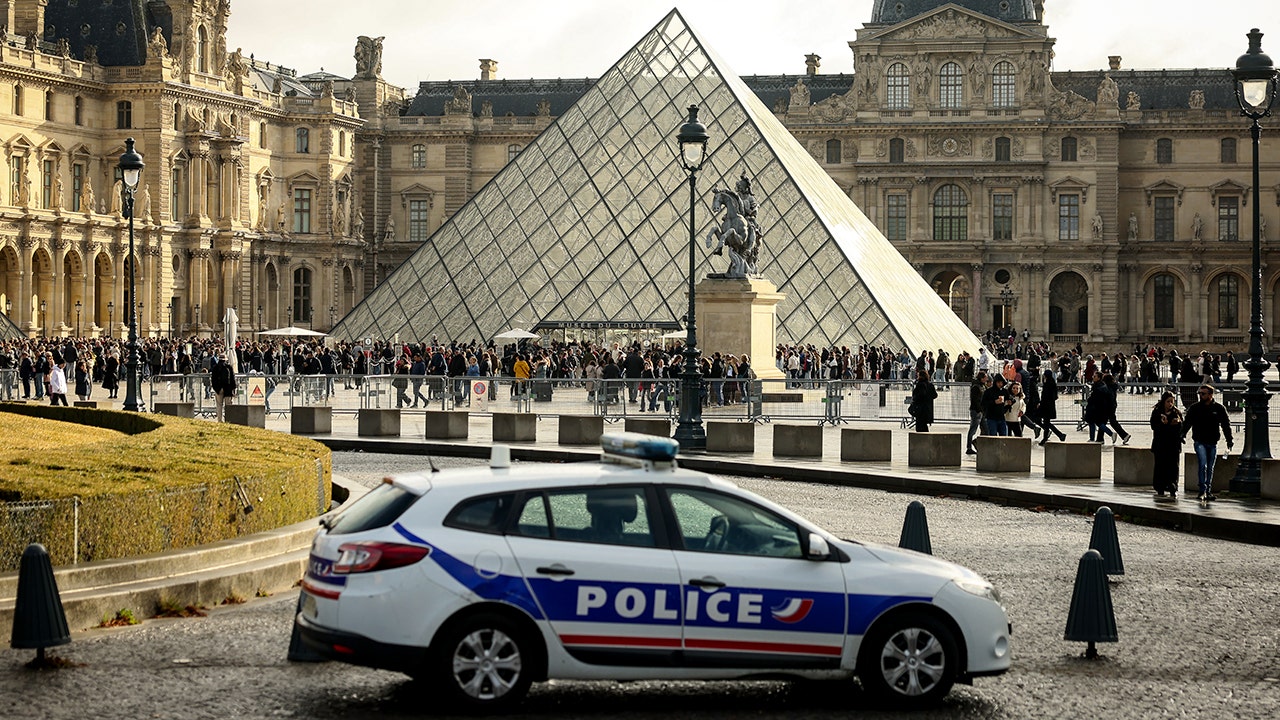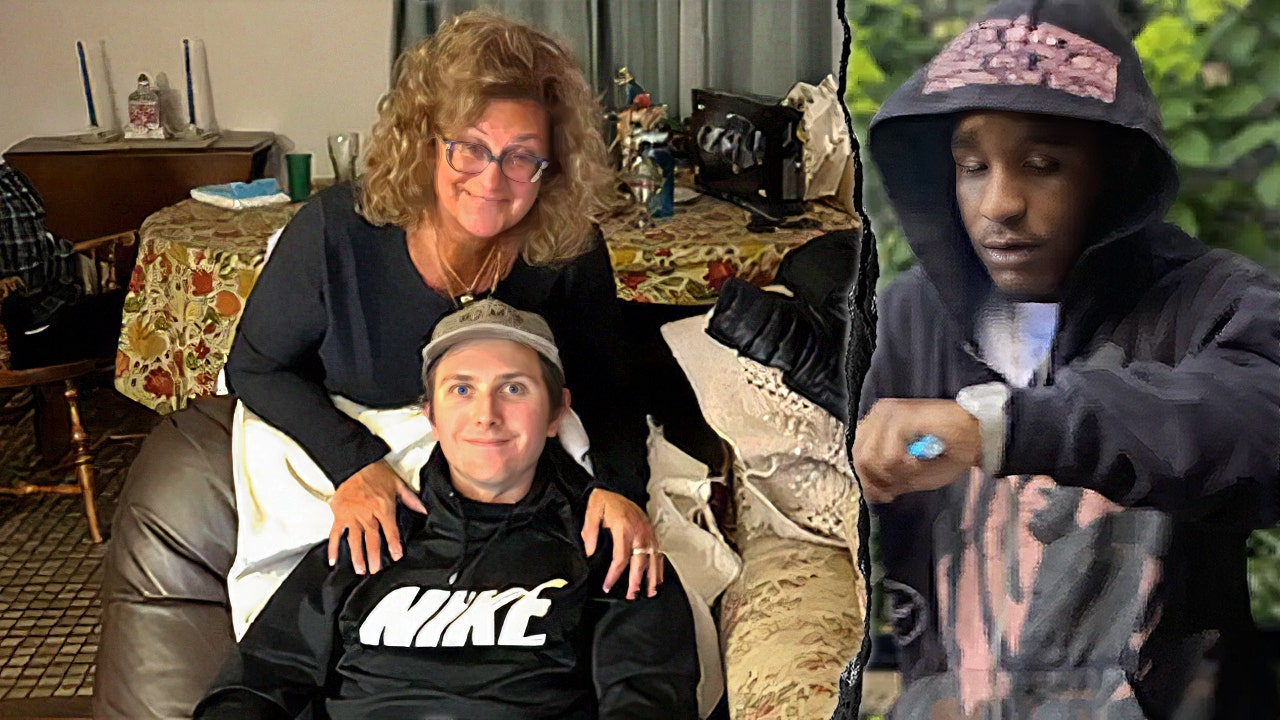An expedition to track down Amelia Earhart’s long-lost plane set for early November was pushed until next year .
A team of researchers from Purdue University was set to explore Nikumaroro Island in the South Pacific and dredge up what they believe may be Earhart’s plane, but encountered difficulties with local authorities when filing their permits — delaying their voyage.
Steve Schultz, Purdue University’s senior vice president and a member of the Earhart research team, explained that “maritime expeditions require thorough preparations and numerous clearances.”
“We have gained valuable insights throughout this process and are very confident and resolved to continue this quest with a planned 2026 departure,” he said in a statement.
The 15-person crew is still waiting on additional clearances from local authorities, but even if they were approved immediately, the impending cyclone season is already too close to guarantee a safe expedition.
“We’ve overcome other challenges to this project over the past four years, and we will get past this one, too,” Dr. Richard Pettigrew, executive director of the Archaeological Legacy Institute, said in an update.
The scientists believe that a visual anomaly on the island dubbed the Taraia Object may be Earhart’s plane.
“Because of the compelling evidence we have in front of us, we have to go to Nikumaroro and get a close look at the Taraia Object,” Pettigrew said. “Rest assured that we will do just that, so stay tuned! We will have a revised project schedule worked out soon.”
The Taraia Object has been visible in photos dating back to 1938, the year after Earhart and navigator Fred Noonan disappeared during her journey to become the first female aviator to circle the globe.
Her plane, a Lockheed 10-E Electra, was never recovered.
The researchers asserted that there is “very strong” evidence indicating that the Taraia Object, captured sitting smack in a lagoon on the island halfway between Fiji and Hawaii, is Earhart’s long-lost plane.
The research crew, hailing from Purdue and the Archaeological Legacy Institute, plans to visit and document the site over their three-week expedition. They also want to use magnetometers and sonar devices to scan the area before dredging the Taraia Object out of the lagoon so it can be properly identified.
Earhart was working for Purdue when she vanished during her ill-fated flight with Noonan.
The duo departed from Lae, Papua New Guinea, and planned to refuel on Howland Island before trekking to Honolulu and finally landing in Oakland, California.
Earhart’s radio transmissions went silent not long after she lifted off in Lae, and the pair never made it to their refuel spot.
The US Navy and Coast Guard spent 16 days searching for the pair before eventually declaring them both dead on Jan. 5, 1939.
Their eerie disappearance sparked countless conspiracy theories over the years that encouraged legitimate investigations, including one that Noonan drowned and Earhart was eaten by the giant coconut crabs that live on Nikumaroro Island.
Read the full article here














